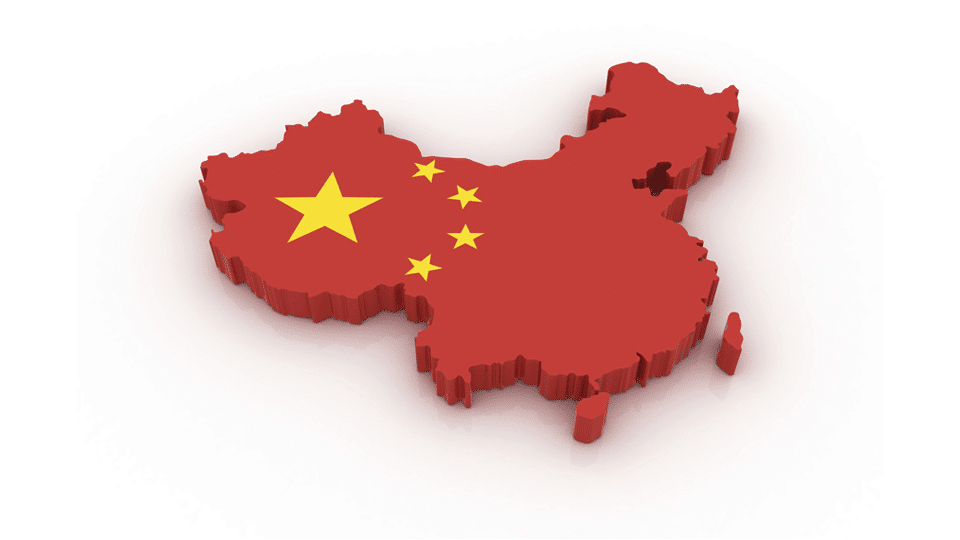China’s attitude to India has changed, too. It seems to have concluded that India is no longer the serious competitor it once appeared to be.
A week from today “the biggest diplomatic event of the year” will take place in China with many heads of government in attendance (not India’s). This is the first summit of Xi Jinping’s prestigious signature project — the One Belt One Road (OBOR) enterprise to build a network of Railways, Ports and Powergrids linking Asia, Africa and Europe.
The sheer sweep of the concept — shall we say, the daring — is a proclamation of China’s ambitions. We will miss the big message underlying the big idea if we see OBOR in isolation. It is part of an awakening that has transformed China into the world’s second most powerful country, poised to overtake the first. The economic muscle that is being built through projects like OBOR is but an extension of the military and strategic muscles that are continuously being strengthened.
Consider the South China Sea. Large portions of this expanse constitute the territorial waters of Vietnam, Malaysia, Philippines and Indonesia. Early on they had protested against China’s aggressive moves. The Philippines even went to the International Court which ruled in its favour. China ignored it all and went on strengthening sandbanks, filling up shoals, laying airstrips.
American military sources now say that “hundreds” of surface-to-air missiles are being set up in the now militarised islands. Australian experts have said it is too late to challenge China. Philippine President advised his fellow Southeast Asian leaders to reconcile to the fait accompli. Without firing a shot, China has taken over an ocean and turned a half dozen littoral States into virtual satellites.
China’s second aircraft carrier was launched last month, built in China at what is described as amazing speed.
(India’s second carrier being built at Kochi is eight years behind schedule). China has announced that six more carriers are being built, two to be deployed permanently in the Indian Ocean. Note, too, that China has taken over Gwadar Port in Pakistan and has set up a military base in Djibouti’s Port in the Gulf of Aden. It’s clear that China’s status as a naval power in the Indian Ocean and Asia-Pacific region is already formidable, and steadily becoming more so.
Add to this the headway China has made in strategic alliances. It has significantly improved its relations with Russia, leading to a China-Russia-Pakistan economic partnership. What is interesting here is that Russia was a close ally of India for a long period during which it had kept Pakistan at a distance. The strategic balance of the whole region changed following India’s decision to cultivate America in preference to Russia. What has India gained?
Pakistan is today an integral part of Southeast Asian geopolitics as shaped by China and Russia while America’s Asia pivot policy of which India was to be a central component has evaporated. Unpredictable as Trump’s America is, the State Department said last week that China would be America’s highest priority in Asia.
China’s attitude to India has changed, too. It seems to have concluded that India is no longer the serious competitor it once appeared to be. On the OBOR issue China officially stated that “India will have a representative.” (Perhaps a middle rank diplomat or businessman). The Chinese media, however, felt no need to be diplomatic. It said Delhi would be isolated and embarrassed by its stand, that Russia and Iran are “seeking to join the China-Pakistan Economic Corridor which will put India in a more awkward position.”
Iran was initially most interested in building relations with India. Given Shia Iran’s problems with Baluchistan, close ties with Tehran should have been a strategic (besides economic) priority for India. But our responses were tardy. Iran has since moved away to the warmer China-Pakistan-Russia partnership. Yet another pointer to the altered situation is India’s apparent loss of interest in the Shanghai Cooperation Organisation. There was a time when India was eager to get full membership. In another month, formalisation of full membership, along with Pakistan’s, is to be processed. Despite the fact that this is part of the profound realignments that are taking place in Eurasia, India is sulking.
Even in Sri Lanka, when a project was drawn up for India to develop Trincomalee, local protests became so powerful that the idea had to be dropped. At the same time China is building a massive new port in the country’s capital itself, adjacent to the existing Colombo Port.
Somewhere we’ve done something not good. Who will find out? Who will take remedial measures? Who will bell the cat?








Recent Comments